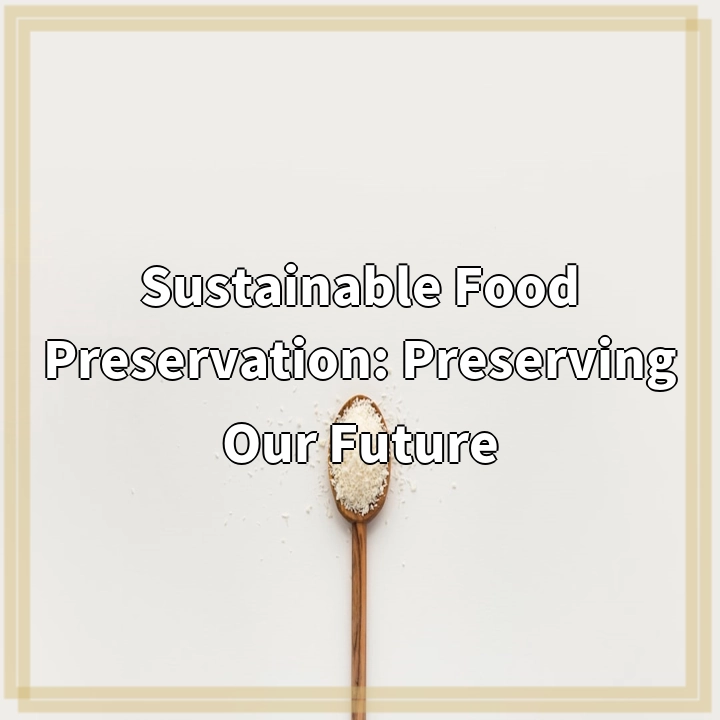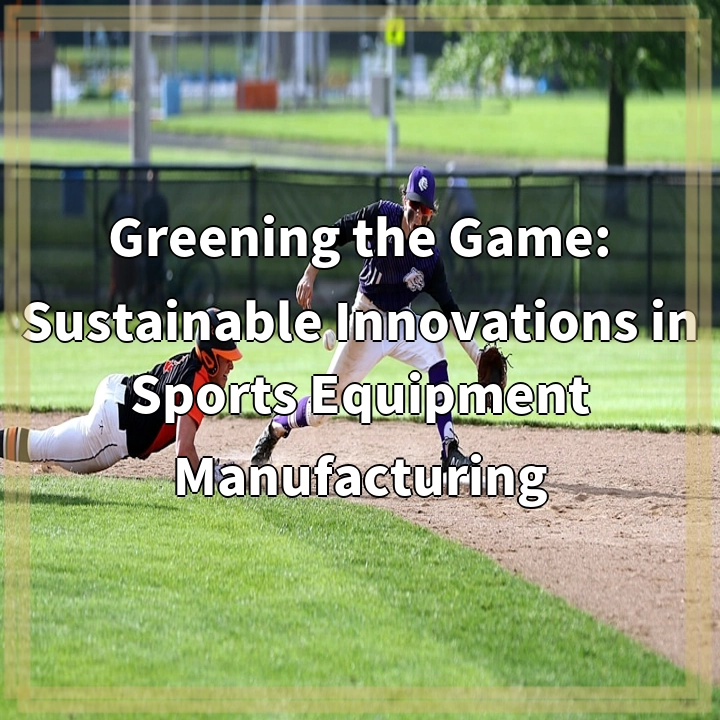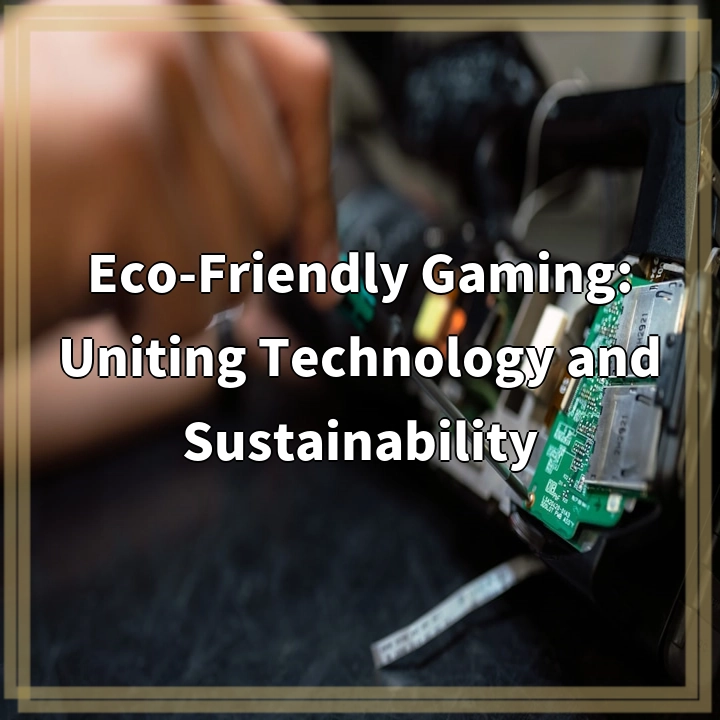
What is Sustainable Food Preservation?
Sustainable food preservation refers to the methods and techniques used to extend the shelf life of food while minimizing its negative environmental impact. The goal is to reduce food waste, conserve resources, and ensure that nutritious and safe food is available for longer periods.
Real-World Problems Associated with Food Preservation
While food preservation is essential for reducing waste and ensuring food security, it also presents certain challenges and sustainability concerns:
1. Energy Consumption and Carbon Footprint
Many conventional food preservation methods, such as freezing or canning, require significant amounts of energy for processing and storage. This leads to increased greenhouse gas emissions and contributes to climate change. Finding energy-efficient alternatives is crucial for sustainable food preservation.
2. Chemical Additives and Packaging Waste
Some commercial food preservation techniques rely on the use of chemical additives, such as preservatives and artificial colorings, to extend shelf life. These additives can have negative health impacts and contribute to plastic waste from packaging. Identifying natural alternatives and promoting eco-friendly packaging options are important steps towards sustainable food preservation.
3. Limited Access to Preservation Methods
In many regions, especially in developing countries, access to proper food preservation methods can be limited or non-existent. This lack of access can result in significant food loss and waste, affecting food security and exacerbating hunger and malnutrition. Promoting affordable and accessible preservation techniques is essential.
4. Environmental Impact of Food Waste
Food waste is a major global issue, with significant environmental implications. When food is not preserved properly, it can end up in landfills, where it decomposes and releases methane, a potent greenhouse gas. By improving food preservation practices, we can reduce food waste and mitigate its impact on climate change.

Solutions for Sustainable Food Preservation
Addressing the real-world problems associated with food preservation requires a multi-faceted approach. Here are some solutions to promote sustainable food preservation:
1. Energy-Efficient Preservation Techniques
Exploring and adopting energy-efficient preservation methods can significantly reduce the carbon footprint associated with food preservation. This includes techniques like solar drying, which harnesses the sun’s energy to dehydrate food, or vacuum sealing, which requires less energy compared to traditional canning or freezing.
2. Natural Preservation Alternatives
Identifying and promoting natural preservation alternatives can help minimize the use of chemical additives in food preservation. For example, using natural antimicrobial agents like vinegar or citrus extracts to preserve fruits and vegetables can reduce reliance on artificial preservatives while maintaining food safety.
3. Improving Access to Preservation Methods
Enhancing access to preservation methods, particularly in regions with limited resources, is crucial for sustainable food preservation. This can involve providing training and resources to local communities, supporting the development of low-cost preservation techniques, and implementing infrastructure improvements to enable proper food storage.
4. Food Waste Reduction and Redistribution
Preventing food waste at the source is a key element of sustainable food preservation. By implementing strategies like improved inventory management in households and businesses, raising awareness about food waste and its environmental impact, and redirecting surplus food to those in need through food banks and community programs, significant progress can be made in reducing food waste.
5. Collaboration and Advocacy
Bringing together various stakeholders, including government bodies, food producers, retailers, and consumers, is essential for promoting sustainable food preservation. Collaboration can facilitate knowledge exchange, policy development, and the implementation of effective solutions. Active advocacy efforts can also raise awareness and promote the importance of sustainable food preservation in achieving a more resilient and environmentally-friendly food system.















